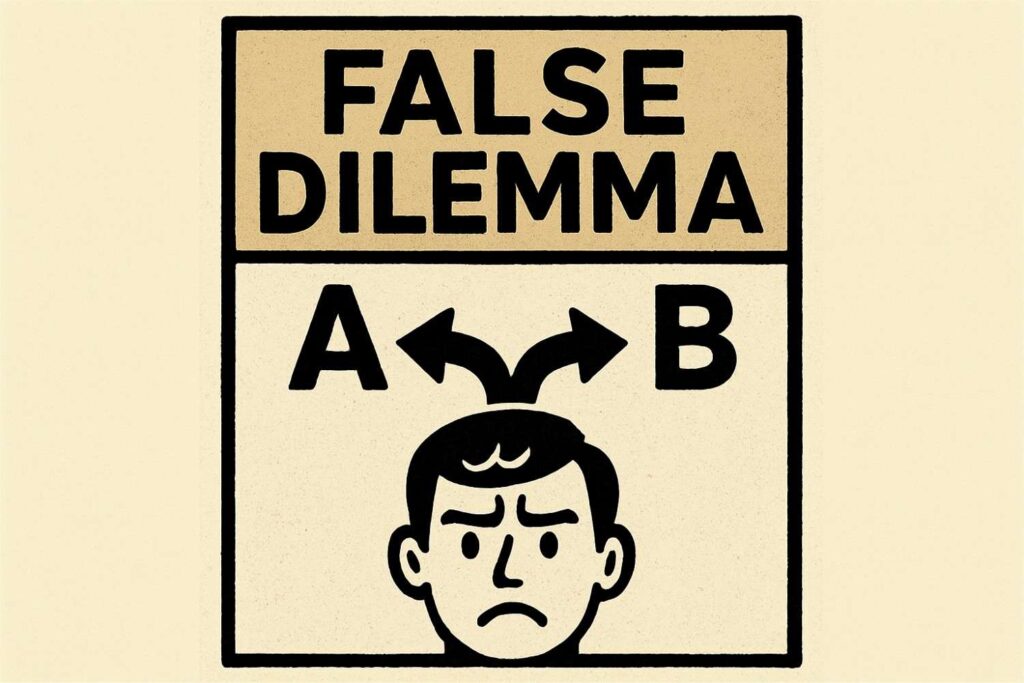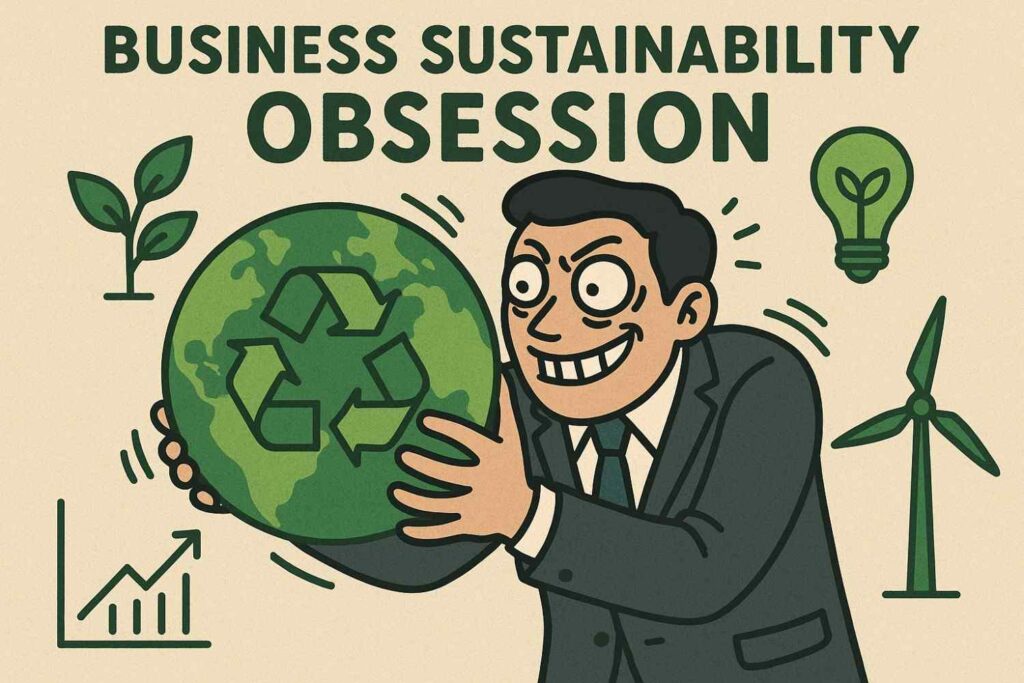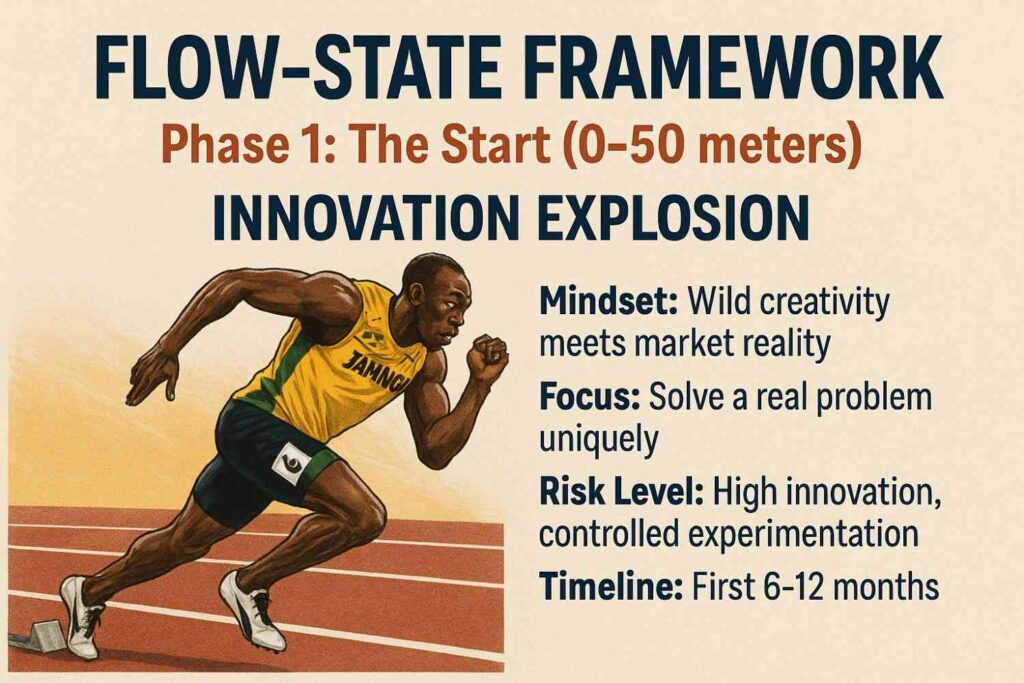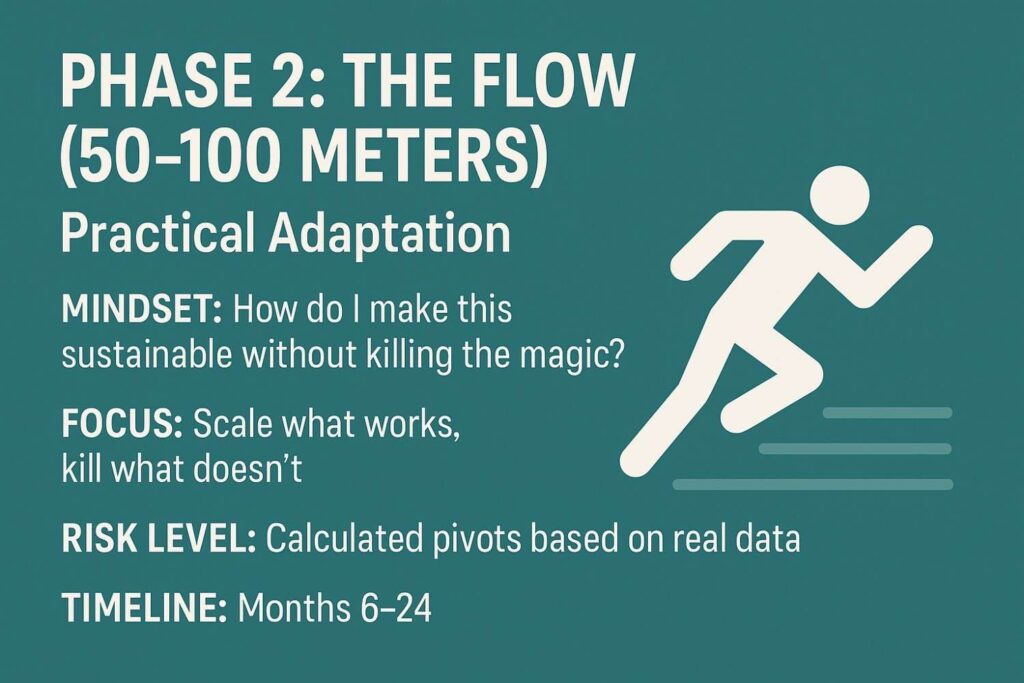Table Of Content
- The Question That’s Breaking Young Indian Minds
- The False Dilemma Destroying Indian Startups
- The Innovation Trap (Silicon Valley’s Poison Pill)
- The Sustainability Obsession (The Other Extreme)
- The Hybrid Model: My Flow-State Framework
- Phase 1: The Start (0-50 meters) – Innovation Explosion
- Phase 2: The Flow (50-100 meters) – Practical Adaptation
- Why Indian Entrepreneurs Need a Different Playbook
- The Bharat Advantage That Gurus Won’t Tell You
- The Content Creator Problem (Why They’re Killing Dreams)
- The Hybrid Model Implementation Guide
- For the Tier 2/3 Entrepreneur Reading This
- Real Success Stories from My Mentoring
- The Bharat Revolution Is Coming
- The Perfect Storm of Opportunity
- Why the World Will Watch India Win
- The Real Competition Isn’t Who You Think
- The Hybrid Mindset: Questions to Ask Yourself
- Innovation Questions
- Sustainability Questions
- Hybrid Decision Matrix
- Your Next Steps (The Practical Part)
- If You’re Just Starting
- If You’re Already Running a Business
- If You’re Struggling
- The Future Belongs to Hybrid Entrepreneurs
- FAQ Section
- Q1: Should I focus on innovation or sustainability as an Indian entrepreneur?
- Q2: Why is following viral business gurus dangerous for young entrepreneurs in India?
- Q3: What is the Flow-State Framework for building startups?
- Q4: How do I apply the hybrid model if I’m in Tier 2 or Tier 3 India?
- Q5: What mistakes kill most Indian startups early?
- Your Bharat, Your Rules, Your Success
Why Most “Gurus” Are Destroying Young Indian Entrepreneurs – And How to Actually Win
The Question That’s Breaking Young Indian Minds
Last week, a 17-year-old Boy from Talcher, Odisha called me during a NITI Aayog mentoring session. His voice was shaking with frustration: “Sir, should I focus on innovation or just make money? Every guru says something different. I’m confused and broke.”
This question hit me like a lightning bolt because I’ve been there. Every single day, I see India’s 500 million young minds – the largest youth population in the world – being misled by flashy content creators who’ve never built a real business, never faced payroll pressure, never had to choose between paying rent or paying their team.
Here’s the brutal truth: The entrepreneurship advice industry in India has become a casino where fake gurus are the house, and ambitious young Indians are the gamblers losing their dreams, one viral reel at a time.
After 11 years of building ClassyStreet, mentoring 1500+ entrepreneurs across tier 2 and tier 3 cities through NITI Aayog, and watching both spectacular successes and heartbreaking failures, I’ve discovered something that no guru will tell you:
It’s not innovation OR sustainability. It’s the hybrid model that actually works.
The False Dilemma Destroying Indian Startups

The Innovation Trap (Silicon Valley’s Poison Pill)
Every day, I watch brilliant young Indians chase unicorn dreams fed to them by content creators who worship at the altar of Silicon Valley mythology. They’ve been brainwashed to believe:
- Innovation means burning millions on unproven ideas
- Real entrepreneurs must “disrupt everything”
- Cash flow is for “boring businesses”
- If you’re not losing money, you’re not innovative enough
The Reality Check: I’ve mentored over 200 startups that started with this mindset. 85% of them are dead. Not because they weren’t innovative, but because they ran out of money before their innovation could pay the bills.
Case Study – The Bengaluru Disaster: Rahul (name changed) from Bengaluru raised ₹25 lakhs to build an “AI-powered agriculture platform.” For 18 months, he focused purely on product innovation. Zero revenue, zero customers, zero sustainability planning. When the money ran out, his revolutionary AI couldn’t even buy him a meal.
The Sustainability Obsession (The Other Extreme)

On the flip side, I see entrepreneurs so terrified of failure that they build boring, copycat businesses with zero differentiation. They think:
- Any profitable business is a good business
- Innovation is risky and unnecessary
- Just copy what’s working elsewhere
- Play it safe, make steady money
The Reality Check: These businesses plateau quickly. Without innovation, they become commodities competing only on price – a race to the bottom that kills margins and dreams.
Case Study – The Surat Stagnation: Divya from Surat started a traditional textile business online. Good profits for 2 years, but when competition increased, she had no innovation moat. Revenue dropped 60% because her business was purely transactional, not transformational.
The Hybrid Model: My Flow-State Framework

Here’s what 11 years of real entrepreneurship taught me – something no fake guru can package into a 60-second reel:
True success comes from what I call the “Flow-State Framework” – like Usain Bolt’s race strategy.
Phase 1: The Start (0-50 meters) – Innovation Explosion
- Mindset: Wild creativity meets market reality
- Focus: Solve a real problem uniquely
- Risk Level: High innovation, controlled experimentation
- Timeline: First 6-12 months
This is where you let your creative mind run wild, but with a crucial difference – every wild idea gets tested against one question: “Will someone pay for this solution?”
ClassyStreet Example: My wild idea was connecting traditional Indian artisans to global markets. Instead of building a massive platform immediately, I started by manually connecting 5 artisans to 10 international customers. Revenue from day one.
Phase 2: The Flow (50-100 meters) – Practical Adaptation

- Mindset: “How do I make this sustainable without killing the magic?”
- Focus: Scale what works, kill what doesn’t
- Risk Level: Calculated pivots based on real data
- Timeline: Months 6-24
This is my favorite phase – where innovation meets execution. You’ve proven the concept works, now you systematically build the engine that can run without constant cash injections.
The Hybrid Approach in Action:
- Keep Innovating: 70% of resources on proven revenue streams
- Smart Experiments: 30% on new innovations that could 10x the business
- Cash Flow Discipline: Never let monthly burn exceed monthly learning
- Revenue Reality: Every innovation must have a clear path to payment
Why Indian Entrepreneurs Need a Different Playbook
The Bharat Advantage That Gurus Won’t Tell You
1. Frugal Innovation DNA Indians are naturally built for the hybrid model. We’ve been doing “jugaad” for centuries – creative solutions with limited resources. But fake gurus are teaching us to abandon this superpower for Silicon Valley excess.
2. Market Density Opportunity With 500 million young Indians entering the workforce, we have the largest domestic market in human history. You don’t need to disrupt globally – solving Indian problems for Indians is a multi-trillion dollar opportunity.
3. Government Support Reality Through my NITI Aayog work, I’ve seen ₹10,000 crore in government schemes that 90% of young entrepreneurs don’t even know exist. The hybrid model aligns perfectly with government priorities – innovation with sustainability.
Feeling overwhelmed as a founder? Discover The Founder’s Clarity Code—a practical guide to think clearly, act boldly, and stay sane while building your startup.
👉 Read the full guide →
The Content Creator Problem (Why They’re Killing Dreams)
The Fundamental Flaw: Most entrepreneurship “gurus” in India are performance artists, not practitioners.
They’ve never:
- Made payroll during a cash crunch
- Had to pivot a failing product
- Built something from ₹50,000 to ₹50 lakhs
- Managed real employees through real problems
Result: Their advice sounds inspiring but destroys lives when implemented.
90% of startups fail—but yours doesn’t have to. Learn why most founders struggle and the proven strategies to make your startup succeed in India’s competitive market.
👉 Read the full guide →
The Pattern I See Daily:
- Young Indian watches viral “quit your job” content
- Starts business based on generic Silicon Valley advice
- Burns through savings in 6 months
- Quits entrepreneurship, blames themselves
The Real Pattern That Works:
- Start small, stay employed initially
- Build revenue before building team
- Innovation guided by customer payment
- Scale systematically, not dramatically
The Hybrid Model Implementation Guide
For the Tier 2/3 Entrepreneur Reading This
Month 1-3: Innovation with Revenue Reality
- Don’t Quit Your Job Yet: Use salary as runway for experiments
- Identify One Real Problem: Something you or your community faces daily
- Build Minimum Viable Solution: Can you solve it with ₹10,000?
- Get First Customer: Before building anything complex
Month 4-12: Systematic Growth
- Revenue Milestones: ₹25,000/month = part-time focus, ₹75,000/month = full-time consideration
- Innovation Budget: 30% of profits go to new experiments
- Cash Flow Discipline: Never spend tomorrow’s revenue on today’s ideas
- Customer Obsession: Every innovation must serve existing customers better
Month 12+: Scale with Innovation
- Hybrid Resource Allocation: 70% scaling what works, 30% building what’s next
- Team Building: Hire doers, not dreamers
- Market Expansion: Geographic before product diversification
- Exit Strategy: Build to last, not to sell
Real Success Stories from My Mentoring
Arjun from Nagpur (Traditional Sweets + E-commerce Innovation):
- Started with ₹15,000, kept his job
- Innovation: Online ordering system for traditional sweets
- Sustainability: Local delivery, predictable orders
- Result: ₹8 lakh monthly revenue in 18 months
Kavitha from Coimbatore (Textile + Technology Hybrid):
- Innovation: Custom saree designs using customer photos
- Sustainability: Traditional weaving methods, digital marketing
- Result: ₹12 lakh annual revenue, employing 15 local artisans
Dhananjaya from Bhopal (Agriculture + Data Innovation):
- Innovation: WhatsApp-based crop advisory for farmers
- Sustainability: Subscription model, government partnership
- Result: 5000+ farmer customers, ₹6 lakh monthly recurring revenue
The Bharat Revolution Is Coming
Here’s what the fake gurus won’t tell you: India is about to witness the largest entrepreneurship explosion in human history.
The Perfect Storm of Opportunity
1. Digital Infrastructure: UPI, Aadhar, and smartphone penetration have created the world’s most entrepreneur-friendly digital infrastructure.
2. Government Support: ₹10,000+ crore in schemes specifically designed for young entrepreneurs.
3. Market Timing: Global supply chains are diversifying away from China – India’s manufacturing moment is here.
4. Cultural Shift: Parents are finally supporting entrepreneurship over government jobs.
Why the World Will Watch India Win
The Dragon (China) built scale through manufacturing efficiency. The Yankees (USA) built wealth through technological innovation. Bharat will build the future through sustainable innovation – the hybrid model at national scale.
This wounded civilization – as V.S. Naipaul once called us – is about to show the world what happens when 500 million young minds stop copying Western models and start building Bharatiya solutions.
The Real Competition Isn’t Who You Think
You’re not competing with Silicon Valley unicorns. You’re not competing with Chinese manufacturers. You’re not competing with European luxury brands.
You’re competing with the voice in your head that says “play it safe” and the fake guru who says “go big or go home.”
Your real competition is mediocrity – both the boring kind and the reckless kind.
The Hybrid Mindset: Questions to Ask Yourself
Before making any business decision, run it through my “Flow-State Filter”:
Innovation Questions:
- Is this solving a real problem people will pay for?
- Can I test this idea with less than ₹25,000?
- Will this make my business more valuable to customers?
- Am I innovating from curiosity or ego?
Sustainability Questions:
- Can this generate positive cash flow within 6 months?
- Will this help or hurt my existing revenue streams?
- Do I have enough runway to see this through?
- Am I building a business or funding an experiment?
Hybrid Decision Matrix:
High Innovation + High Sustainability = Pursue immediately High Innovation + Low Sustainability = Test small, pivot fast Low Innovation + High Sustainability = Maintain but don’t expand Low Innovation + Low Sustainability = Kill immediately
Your Next Steps (The Practical Part)
If You’re Just Starting:
- Choose Your Market: Tier 2/3 cities have less competition, more authenticity
- Start Hybrid: One foot in innovation, one foot in revenue
- Ignore the Noise: Stop following fake gurus, start following customers
- Build Your Runway: 6 months of personal expenses before going full-time
If You’re Already Running a Business:
- Audit Your Hybrid Balance: Are you 70/30 sustainability/innovation?
- Cash Flow First: Never let innovation experiments threaten core business
- Customer Advisory Board: Get 5 customers to guide your innovation
- Local Before Global: Dominate your city before conquering the world
If You’re Struggling:
- Back to Basics: What’s your core revenue stream?
- Innovation Audit: Which experiments are draining cash without learning?
- Sustainability Check: Can you break even in the next 3 months?
- Pivot Decision: Adapt the model, don’t abandon the mission
The Future Belongs to Hybrid Entrepreneurs
Ten years from now, when historians write about the great Indian entrepreneurship revolution, they won’t mention the fake gurus who made millions selling dreams.
They’ll write about entrepreneurs like you – the ones who learned to balance wild creativity with practical execution, who built sustainable businesses that transformed communities, who proved that innovation and profitability aren’t enemies but dance partners.
The snake charmers are waking up. We’re not here to charm anymore – we’re here to build, to scale, to win.
The world is watching. Let’s give them a show they’ll never forget.
FAQ Section
Q1: Should I focus on innovation or sustainability as an Indian entrepreneur?
A: Neither extreme works. The real key is a hybrid model—start with innovation that solves a real problem, then build sustainability through revenue and cash flow discipline.
Q2: Why is following viral business gurus dangerous for young entrepreneurs in India?
A: Most “gurus” are influencers, not practitioners. They’ve never faced payroll stress, pivoted a failing business, or scaled sustainably. Their advice often leads to financial burnout.
Q3: What is the Flow-State Framework for building startups?
A: It’s a three-phase approach:
- Innovation Explosion (0–6 months) – Creative solutions tested against revenue reality
- Practical Adaptation (6–24 months) – Scale what works, cut what doesn’t
- Sustainable Scaling (24+ months) – Balance 70% proven revenue streams with 30% innovation
Q4: How do I apply the hybrid model if I’m in Tier 2 or Tier 3 India?
A: Start with low-cost innovation (₹10,000 or less), secure your first paying customer before scaling, and allocate 30% of profits to new experiments while ensuring core cash flow.
Q5: What mistakes kill most Indian startups early?
A: The top killers are:
- Burning money on innovation without revenue
- Copy-paste businesses with zero differentiation
- Blindly quitting jobs without a runway
- Following viral advice instead of customer needs
Your Bharat, Your Rules, Your Success
Stop asking whether you should innovate or be sustainable.
Start asking: How can I innovate sustainably?
That’s the question that will separate you from both the boring businesses and the brilliant failures.
That’s the question that will make you part of the Bharat revolution.
The choice is yours: Continue following fake gurus into the graveyard of broken dreams, or join the hybrid entrepreneurs who are quietly building the future of Indian business.
I know which path leads to victory.
The question is: Do you have the courage to take it?
Debansh Das Sharma is the founder of ClassyStreet, a NITI Aayog Mentor for Change, and has guided over 1500 entrepreneurs across India. Unlike most business advisors, he’s built a real business from ₹50,000 to multiple crores using the hybrid model he advocates. Connect with him at webverbal.com for authentic entrepreneurship insights that actually work in the Indian context.




